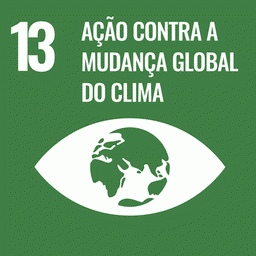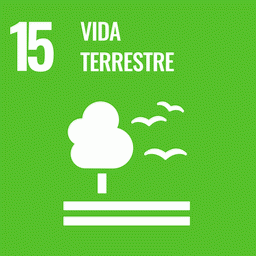Approximately 2.5 × 10⁶ square kilometers of the Amazon forest are currently degraded by fire, edge effects, timber extraction, and/or extreme drought, representing 38% of all remaining forests in the region. Carbon emissions from this degradation total up to 0.2 petagrams of carbon per year (Pg C year−1), which is equivalent to, if not greater than, the emissions from Amazon deforestation (0.06 to 0.21 Pg C year−1). Amazon forest degradation can reduce dry-season evapotranspiration by up to 34% and cause as much biodiversity loss as deforestation in human-modified landscapes, generating uneven socioeconomic burdens, mainly to forest dwellers. Projections indicate that degradation will remain a dominant source of carbon emissions independent of deforestation rates. Policies to tackle degradation should be integrated with efforts to curb deforestation and complemented with innovative measures addressing the disturbances that degrade the Amazon forest.
CONSERV – factsheet
CONSERV – factsheet
Veja o levantamento dos números do CONSERV, mecanismo inédito de conservação em propriedades privadas.

